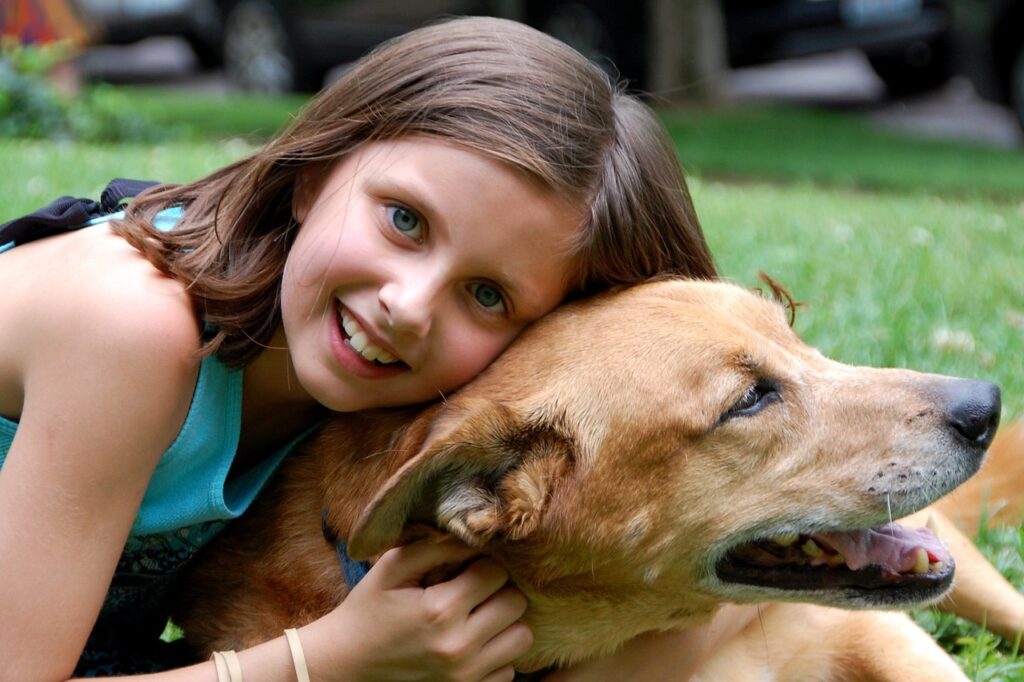Bringing a new pet into your family can be an incredibly exciting and joyful experience. However, when there are children involved, it’s essential to approach the introduction with care and consideration.
By following a few simple steps, you can ensure a smooth transition and help your children and their new furry friend build a strong and lasting bond. In this blog post, we will explore some practical tips on how to introduce a new pet to kids.
Educate and Prepare
Before bringing a new pet home, take the time to educate your children about the specific animal species you plan to adopt.
This can include reading books together, watching educational videos, or even visiting animal shelters or petting zoos. Teaching children about the needs, behaviors, and proper care of the animal will help set realistic expectations and ensure they are ready to take on the responsibilities of pet ownership.
Involve Children in the Decision-Making Process
Involving your children in the decision to adopt a new pet can help them feel a sense of ownership and responsibility.
Discuss the different options, consider their preferences, and explain the level of commitment required for each type of pet. By engaging them in the decision-making process, they will be more invested in the new addition to the family.
Set Clear Ground Rules
Establishing clear ground rules is crucial for the well-being of both the children and the new pet. Teach your children how to properly handle and interact with the pet, emphasizing the importance of gentle touches, respect for personal space, and proper feeding schedules.
Make sure they understand the pet’s specific needs, such as exercise, grooming, and socialization.
Create a Safe and Welcoming Environment
Prepare your home for the new pet’s arrival by creating a safe and welcoming environment. Set up a designated area with food, water, toys, and a cozy bed.
Make sure potentially hazardous items are out of reach, such as chemicals or small objects that could be swallowed. Encourage your children to help prepare the space, allowing them to take ownership and responsibility.
Gradual Introduction
When the new pet arrives, introduce them to your children gradually. Start with short, supervised interactions, allowing both parties to become familiar with each other’s scents and presence.
Encourage gentle petting and positive reinforcement, but always closely monitor the interactions to ensure the safety of both the child and the animal.
Teach Empathy and Boundaries
Teach your children to respect the pet’s boundaries. Explain that animals may need space and time alone, especially when they retreat to their designated areas.
Encourage empathy by explaining how the pet may feel in different situations and how to recognize signs of fear or stress. This will help your children develop a deeper understanding and forge a stronger bond with their new furry friend.
Encourage Responsibility
To foster a sense of responsibility, assign age-appropriate tasks related to pet care. This could include feeding, grooming, or taking the pet for walks. By involving children in the day-to-day care of the pet, they will develop a stronger connection and a greater understanding of the commitment required.
Be Patient and Allow Bonding to Develop
Building a strong bond takes time, so be patient. Encourage your children to spend quality time with the pet, playing, cuddling, or even training them together. As the bond between your children and their new pet grows, it will bring immense joy and companionship to both.
What to Remember
Introducing a new pet to kids is an exciting and transformative experience for the entire family. By educating and involving your children in the process, setting clear guidelines, and promoting empathy and responsibility, you can lay the foundation for a lifelong bond between your
If you are looking to get a dog try reading our blog on choosing the right dog breed for your lifestyle.

